Not all garments are the same when it comes to caring for the materials they’re made of. Knowing how to read laundry labels is an integral part of proper laundry care if you want to take good care of your clothes. From getting your clothes clean to drying, bleaching, and ironing them, laundry labels are there to guide you along the way. This guide shows you how to read these labels, so you can ensure that every piece of clothing you own lasts a long time. Proper care also prevents shrinking and damage to your clothes. Read on to learn how to prolong the life of any garment with tips and information from this helpful guide.
Washing Your Clothes: How to Read Washing Symbols
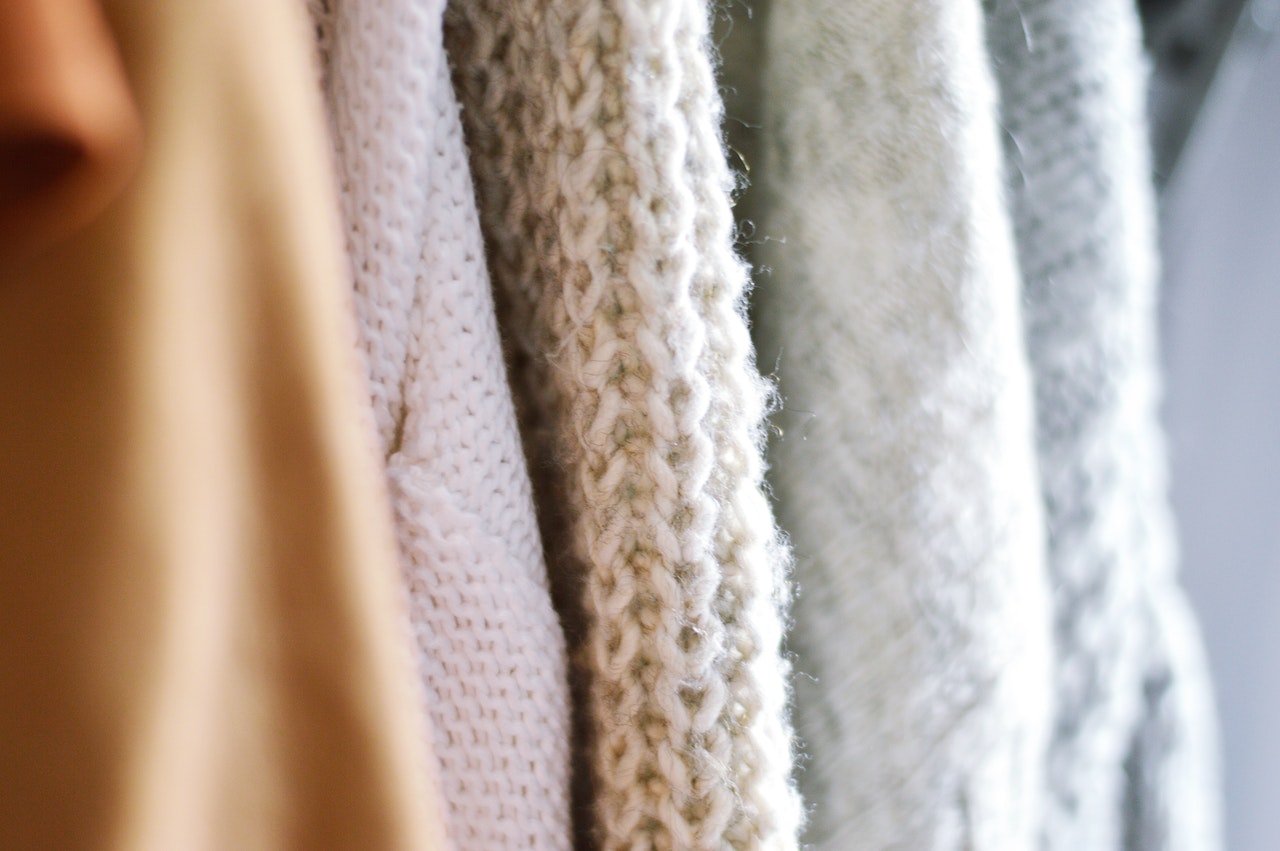
All laundry labels should contain a variety of symbols that guide you when washing them. Before you head to the laundry room, here’s what each of these laundry symbols means, so you know how to wash each item the right way.

General Washing Symbols
– Machine wash: If your laundry label has a tub (or bucket) on it, that means that your garment can (or should) be washed using the washing machine instead of hand washing or dry cleaning it.
– Hand wash: A tub with a hand inside indicates that your clothing should be washed by hand. This usually applies to extremely delicate items or anything that could be damaged if it were run in the washing machine.
– Do not wash: Some garments cannot and should not be washed. If the laundry tag indicates a tub with a large “X” through it, this means that your clothing item should not be washed either by hand or by machine.
– Dry clean only: A circle symbol means that your garment should be dry cleaned only. Certain materials like wool and silk can stretch or become damaged if they’re exposed to detergent and water, so make sure you read labels carefully to confirm.
– Do not dry clean: If your label shows a circle with an “X” through it, this means that the garment should not be dry cleaned.
Washing Temperature Symbols

– Wash cold temperatures: Laundry labels may indicate what temperature you should use. You may see the numbers 30, 40, 50, and 60, which refer to the temperature in degrees Celsius. For wash cold temperatures, you’ll see the number 30, which is 85 degrees Fahrenheit.
– Wash warm temperatures: Garments that should be washed in warm temperatures will indicate the number 40- or 105-degrees Fahrenheit.
– Wash hot temperatures: For clothing that you wash in hot water, the number 50 or 60 will appear. Warm/hot is indicated by the number 50, or 120 degrees Fahrenheit, and the number 60 indicates hot, or 140 degrees Fahrenheit.
Washing Machine Cycle Symbols

– Normal Cycle: The cycle you use can also preserve the life of your clothing. A tub without anything else indicates that the clothes should be run on the normal cycle.
– Permanent Press Cycle: If the tub symbol on your laundry label has one line underneath it, then it should be run on the permanent press cycle.
– Delicate/gentle Cycle: A tub symbol with two lines under it means that the garment should be washed using the delicate or gentle cycle to prevent damage.
Prevent Shrinkage: How to Read Drying Symbols
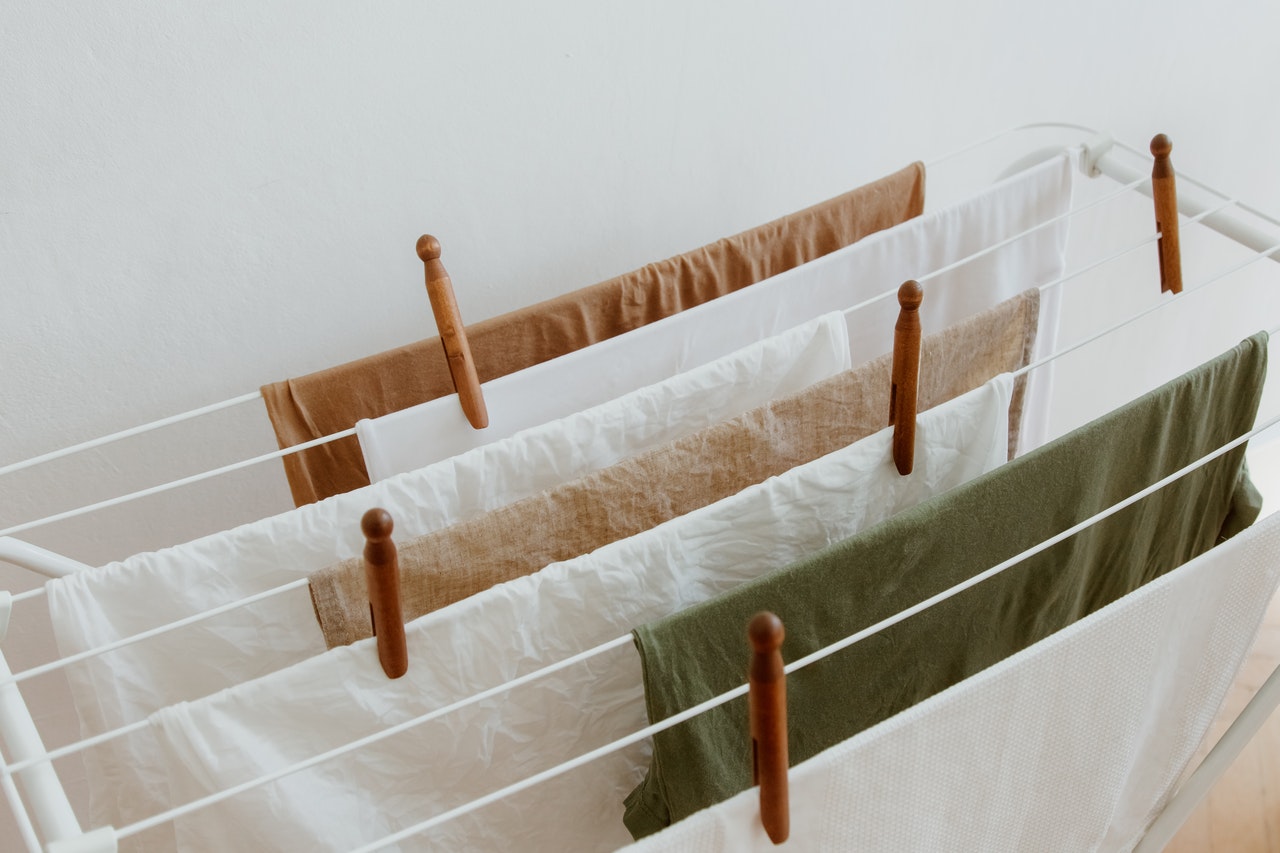
The drying symbol on your laundry label is just as important as the washing symbol. Use this guide when drying clothes to help you interpret what these drying symbols mean.
General Drying Symbols

– Tumble drying allowed: A square with a circle indicates that you may dry your clothes using the dry tumble setting of your dryer. However, the drying temperature may vary, which we’ll cover later.
– Do not tumble dry: If you see a symbol of a circle inside a square with a large “X” through it, this means you should not tumble dry the garment.
– Hang to dry: Some clothing should be hung to dry or line dried. This symbol is represented by a square with a slight curve at the top, which resembles a clothesline.
– Dry Flat: If your clothes should be dried flat, the laundry tag will have a symbol of a square with a line in the middle to indicate that it should be dried flat on a table or ironing board.
– Do Not wring: Certain materials should not be wrung, or this may cause wrinkles and other issues. A symbol of a piece of clothing that is twisted or wrung with an “X” through it means that it should not be wrung out to dry.
Dryer Temperature Symbols

– Tumble dry low or normal: The plain symbol showing a square with a circle inside indicates the garment should be tumble dried on the low setting, while a circle with one dot in the middle means you should use the normal cycle.
– Tumble dry medium: If the circle has two dots inside, the garment should be dried on the medium setting.
– Tumble dry high: Three dots in the middle of the circle means that the clothes should be dried on the highest setting.
Tumble dry, no heat: A completely black circle in the middle means the clothes should be tumble dried without heat.
Say Goodbye to Wrinkles: How to Read Ironing Symbols
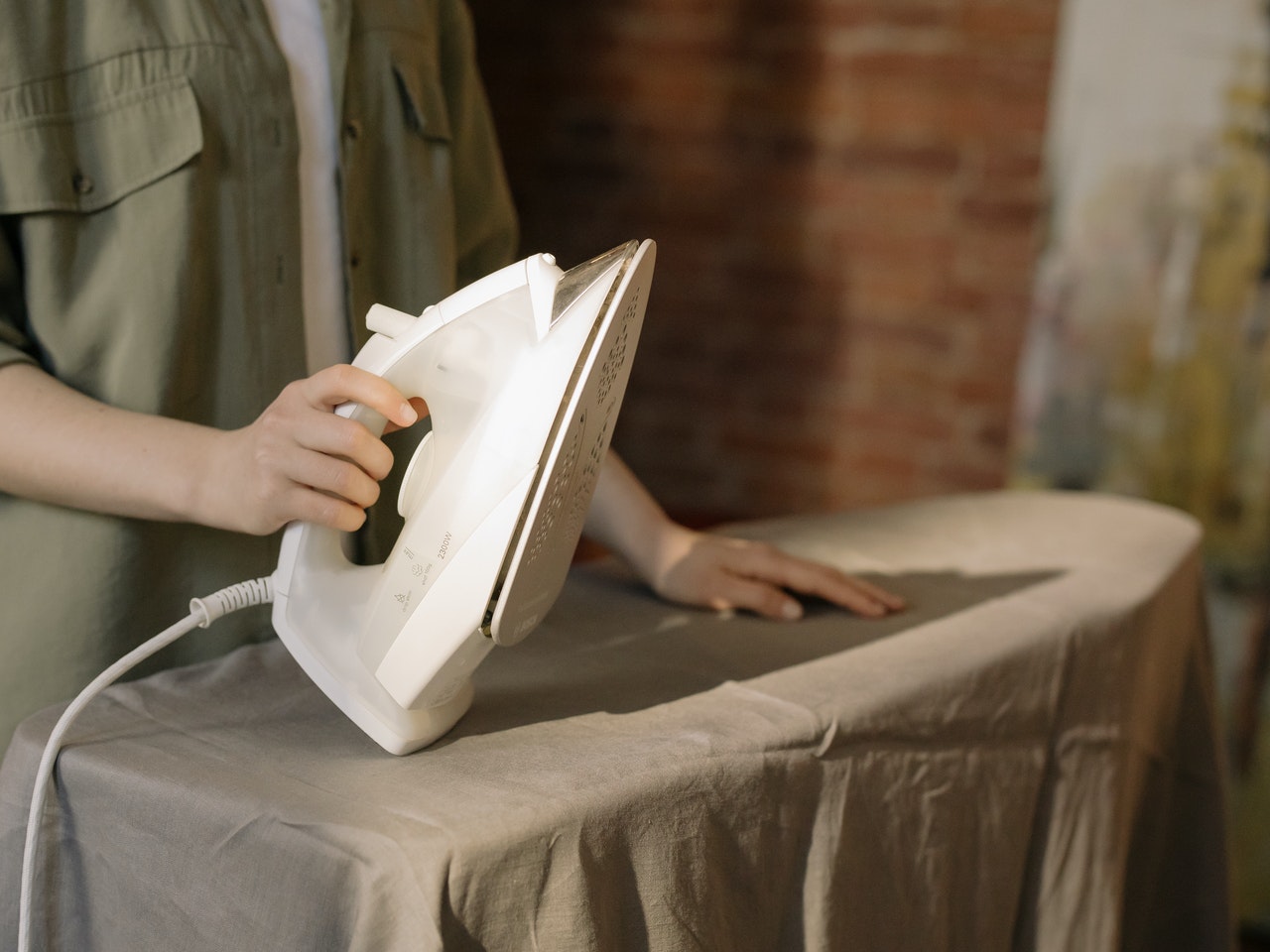
Ironing your clothing can help remove wrinkles, but you must know how to iron them the right way. Here are various ironing symbols and what they mean for you.

– Iron low: An iron symbol with one dot in the center means that the garment should be ironed on the low setting.
– Iron medium: If the iron has two dots inside, you should use the medium setting on your iron to remove wrinkles.
– Iron high: Three dots in the middle of the iron symbol indicate that you should use the high setting.
– Do not iron: Some garments should not be ironed. If you see the iron symbol with a large “X” through it, then you should not use an iron on it.
– No steam added to iron: An iron symbol with three lines coming out of the bottom indicates it’s ok to use steam, and the same symbol with an “X” through it means you should not use steam when ironing the garment.
Squeaky Clean: How to Read Bleaching Symbols
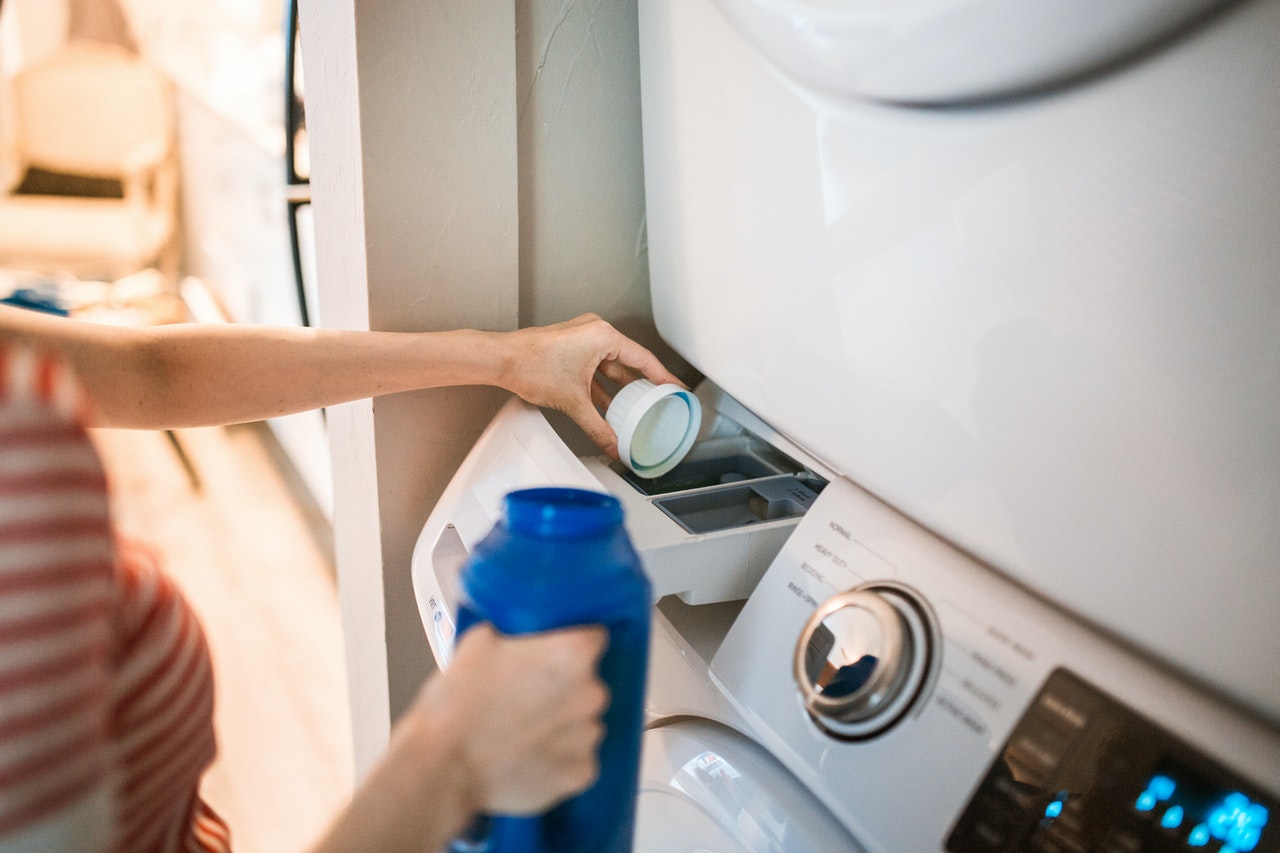
Bleach can be a useful product to remove stains and keep your whites brighter. However, bleach isn’t always recommended on certain materials, so be sure you know what the various bleaching symbols mean before you use it.

– Any Bleach: The triangle symbol on your laundry tag means that you can use any type of bleach.
– Non-chlorine: A triangle with two angled lines running through the center indicates that you should only use non-chlorine bleach on the garment.
– Do not bleach: If you see the triangle with an “X” through it, this means that you should never use bleach.
– Chlorine Allowed: The letters “CL” in the middle of the triangle mean that it’s ok to use chlorine bleach.
Professional Cleaning: Dry Cleaning Symbols
If your clothing label recommends that you dry clean it only, the tag should include various symbols that your dry cleaner can use when you take it to the dry cleaners. Here’s what those symbols mean.
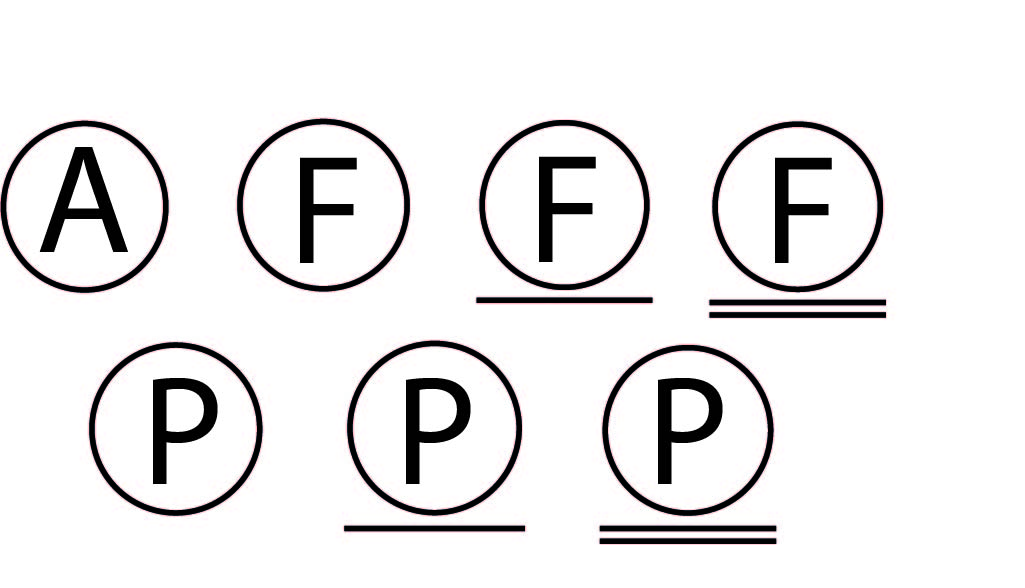
– Any Solvent: A circle with the letter A in the middle indicates that the dry cleaner can use any type of solvent.
– Petroleum Only: The letter F inside the circle means that the dry cleaner should use petroleum only.
– Petroleum Only Delicate/Very Delicate: If the circle has the letter F and one line underneath, it should be dry cleaned with petroleum on delicate. Two lines mean that it should be cleaned using a very delicate process.
– Any Solvent Except Trichloroethylene: The letter P inside the circle symbol means that the dry cleaner can use any type of solvent except Trichloroethylene. A single line indicates the use of the delicate cycle, and two lines indicate very delicately, just like it does with the circle and the letter F.
Home Remedies and Tips to Care for Your Clothes

Knowing how to read laundry labels is just one way to take better care of your clothing to help prolong its life. Here are some more tips to help you care for your clothing DIY.
- When in doubt, it’s best to handwash clothing to preserve its shape and the integrity of the fabric.
- Always use the proper detergents and cleaning products based on the type of fabrics you’re washing.
- Once your clothes are washed and dried, hang them up immediately and do not let them sit in the dryer, or else wrinkling can occur.
- Always pre-treat stains before putting clothes in the washing machine to ensure they come out in the first wash.
- Make a DIY fabric softener by adding about one cup of white vinegar to the final rinse cycle. Never mix vinegar with bleach.
- When in doubt, use the hot water setting for white loads, warm water for average loads, and cold water when you’re washing bright colors.
- To remove or prevent wrinkles, make your own DIY spray starch by mixing about 1 ½ tablespoon of cornstarch with two cups of water, shaking it, then spraying it onto your clothes before ironing them.
There are a lot more DIY options that you can explore while taking care of your clothes at home. You can make your own laundry tabs with essential oils! This is a less expensive way and a more natural one too. Also, it makes a not quite pleasing task, a simple one that any family member can do as it avoids detergent overdose. Additionally, you can choose your clothing’s fragrance once they’ve finished washing.
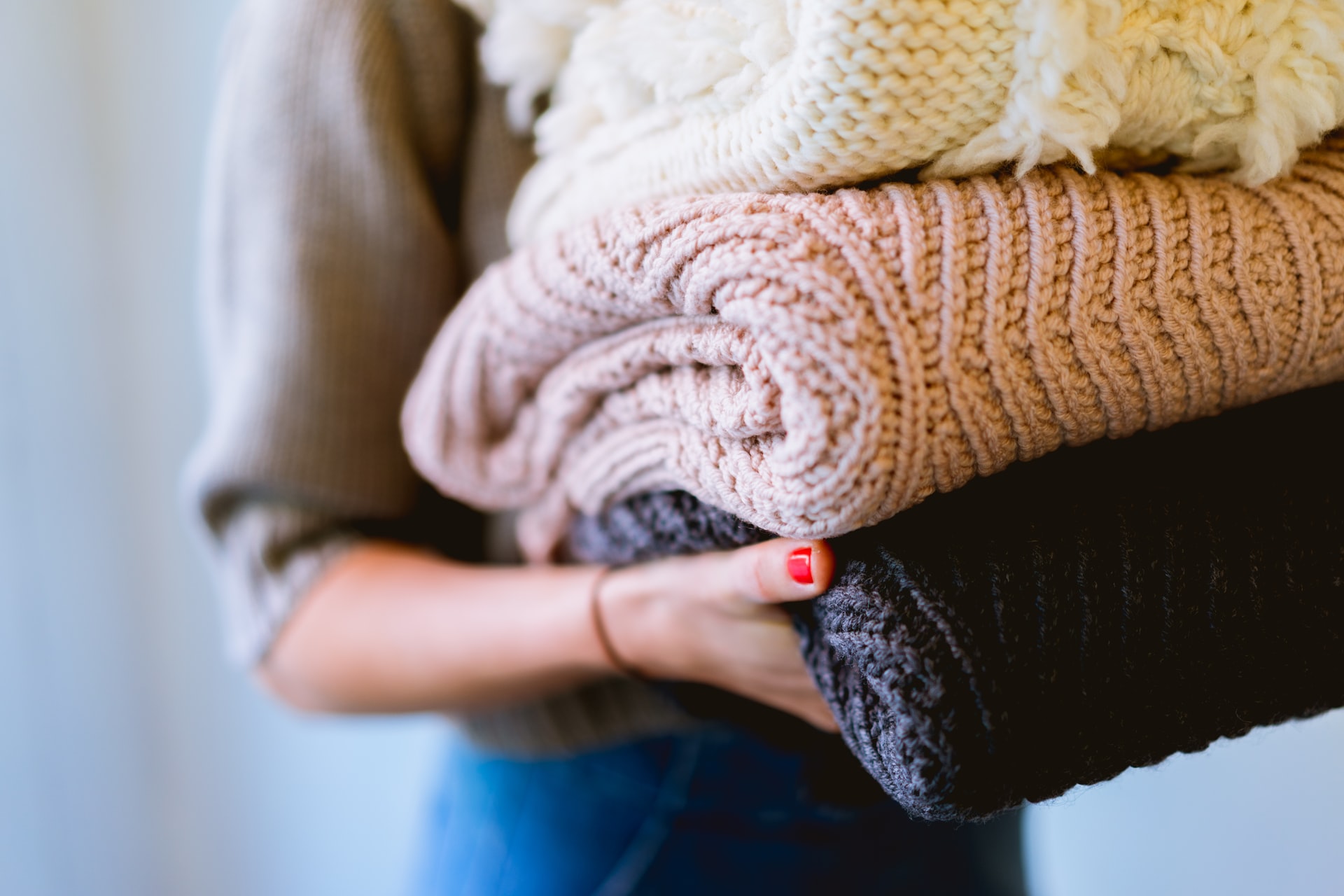
How to take care of delicate fabrics like linen
We need to be extra careful and even go the extra mile with some fabrics, like linen and cotton percale. As mentioned before is important to read laundry labels carefully, but you also have to trust your gut. Some delicate fabrics will ruin your piece of a garment if you do one little thing differently than indicated. This is why it’s recommended to handwash or even take these types of clothing to the dry cleaners. For example, linen is better if you wash it gently without wringing, twisting, or scrubbing. You have to do everything you can to avoid damaging the textile. This will help maintain those beautiful clothes for much longer.
As we do with our regular clothing and homegoods, it’s important to separate in similar colors, but here’s the difference, you would probably have better results if you don’t mix it with other types of fabric or heavy items. It’s also a good idea to turn each piece of linen inside out and button up all the buttons, zipping up zippers, tying up ties, etc.
The important part of this is, besides laundry labels, to investigate how each fabric behaves and wash it the best way possible. Always keep in mind that it also depends on the fabric’s quality. If your garment starts to show damage, it doesn’t necessarily mean you’re not doing a good job.
Once you’re familiar with the many symbols on laundry labels, you can wash and dry your clothes in confidence. Remember to read all of the labels carefully, and make sure you’re choosing the proper settings for the washer, dryer, and correctly bleaching and ironing. Keep these tips in mind, and you’ll be able to prolong the life of all your favorite clothes to help you save money and time.




